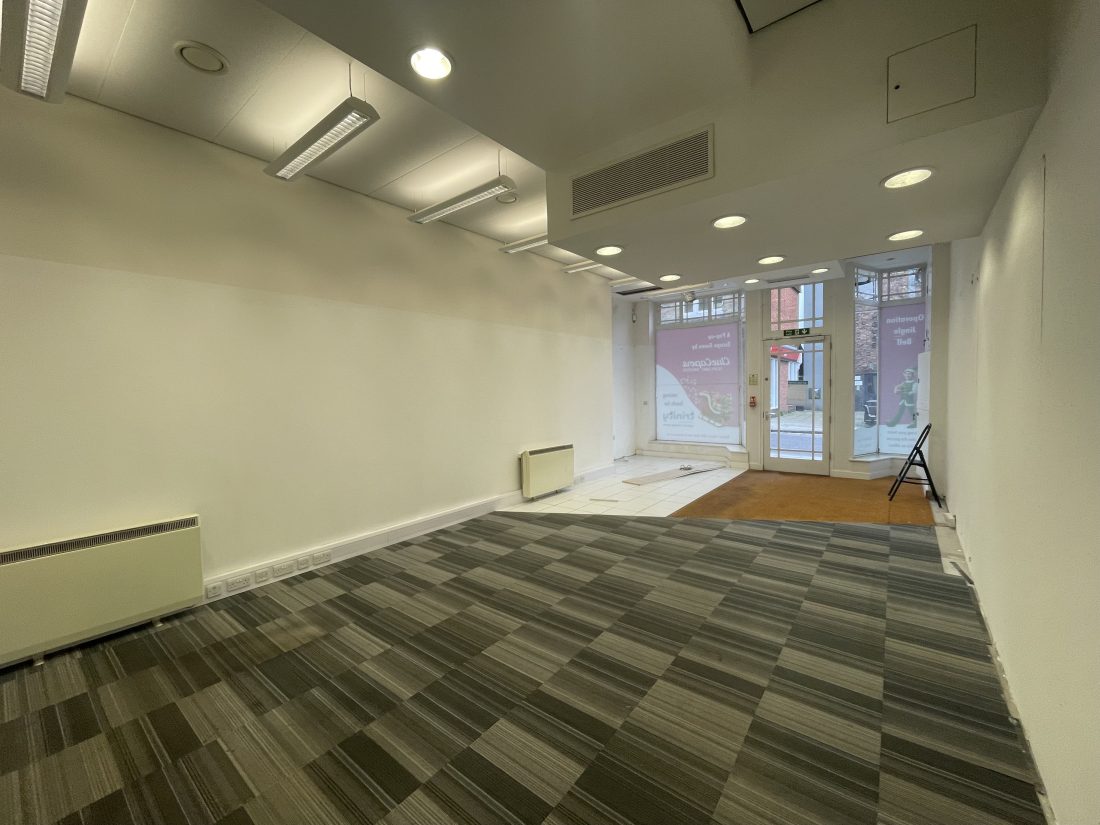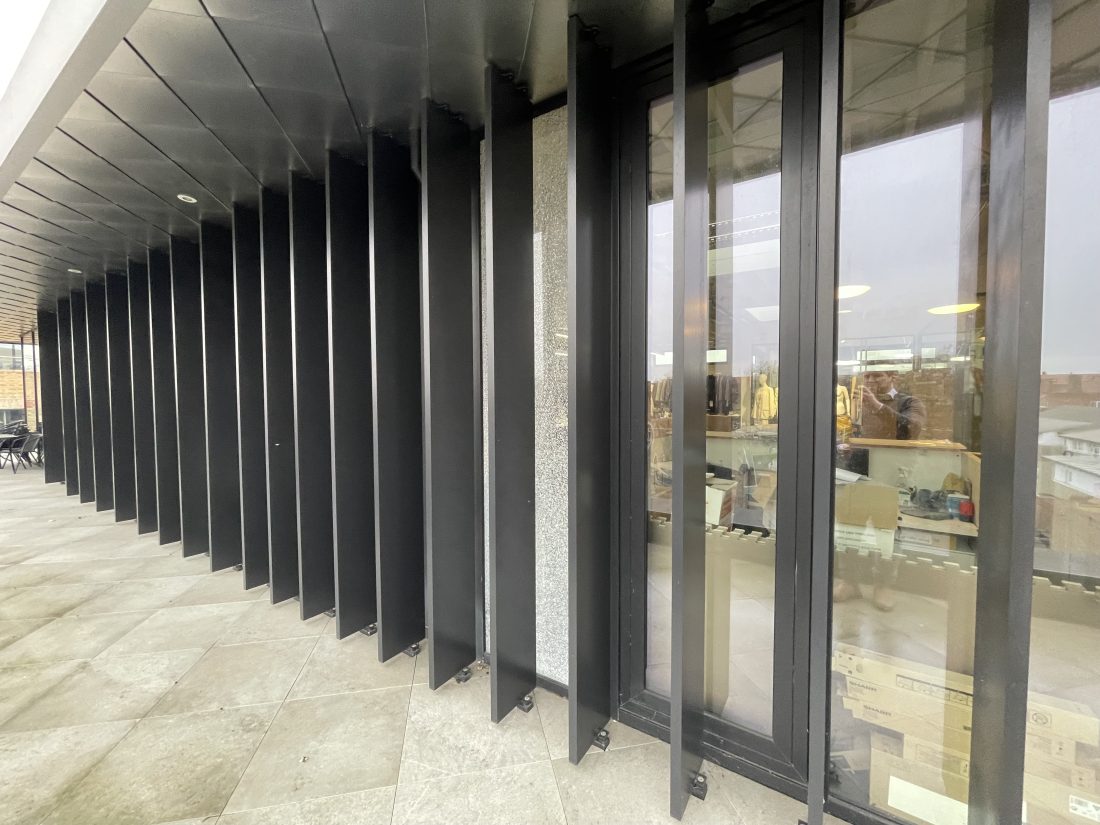Insight
It’s important, in order for us to understand your requirements from the outset in order to give the best commercial building consultancy advice we can.
Enquire
When delving into the intricacies of commercial real estate, one document that stands out is the Schedule of Condition (SOC). Think of it as a detailed 'snapshot' of a property’s current state, similar to an 'inventory' list for a rental car, capturing all existing dents and scratches before driving off the lot. This snapshot helps prevent disputes about who caused what damage later on.
What is a Schedule of Condition
A Schedule of Condition (SOC) is a thorough record of the state of a commercial property at a precise moment, typically before it is leased or purchased. For both landlords and tenants, it’s akin to having a photographic memory of the property, ensuring everyone is on the same page regarding its condition.
Why is a Schedule of Condition Important?
Imagine renting a furnished apartment without documenting the condition of the furniture. Any pre-existing damage could be unjustly attributed to you when you move out. The SOC is crucial because it serves as a protective measure, ensuring tenants aren’t held accountable for issues that existed before their tenure, and allows landlords to enforce repairs for any new damages beyond normal wear and tear.


Case Law: The Backbone of Schedule of Condition Disputes
The legal landscape provides several examples that underscore the importance of a well-drafted SOC. Consider the case of *Sunlife Europe Properties Ltd v Tiger Aspect Holdings Ltd [2013]*, where the court examined the SOC’s role in resolving conflicts over repair responsibilities.
*Sunlife Europe Properties Ltd v Tiger Aspect Holdings Ltd [2013]*
In this case, Tiger Aspect Holdings, the tenant, contested the landlord’s claims for extensive repairs, arguing that many issues were pre-existing. The SOC was instrumental in the court’s decision, providing a clear record of the property’s condition when the lease began. Ultimately, the court sided with the tenant, emphasizing the SOC’s value in preventing unjust repair claims.
Maintaining Integrity: Regular Inspections
Periodic reviews and updates to the SOC are vital, especially for long-term leases. These updates ensure that any interim changes are documented, keeping the SOC relevant and preventing surprises when the lease ends.
Case Study: Practical Applications
Consider a tenant leasing a historic commercial building. Early SOC documentation captured minor cracks in the foundation and aging electrical systems. Over the lease period, regular inspections aligned with the SOC helped both parties manage repairs without disputes, fostering a cooperative relationship.

The Schedule of Condition is more than just a document; it’s a cornerstone of transparency and fairness in commercial property transactions. It provides a safeguard against future disputes, ensuring that both landlords and tenants can navigate their agreements with clarity and confidence.
In the ever-evolving landscape of commercial real estate, the Schedule of Condition stands as a testament to the importance of thorough documentation and proactive management. Whether you are a landlord or a tenant, investing time in a meticulous SOC can save you from potential legal entanglements and foster a harmonious property relationship.
It’s important, in order for us to understand your requirements from the outset in order to give the best commercial building consultancy advice we can.
Enquire